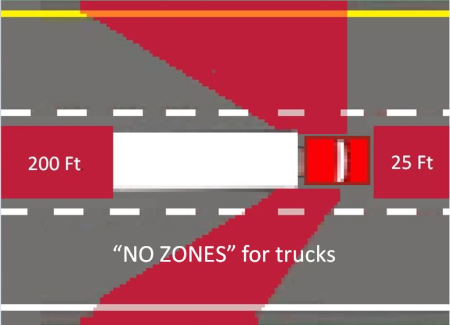
Some people do believe that what you do not know cannot hurt you. But on the road, what you cannot see CAN actually hurt you.
Often times, many motorists neglect to realize that trucks have a large blind spot on each side of the vehicle. Many drivers assume that trucks can see everyone on the road because they sit higher off the ground. This mentality can lead to dangerous accidents that may result in serious fatality.
Fortunately, passenger drivers can educate themselves about a truck’s blind spots to lessen the chance of collision. Truck drivers can also reduce the chance of running into passenger vehicles by adopting a number of measures that minimizes blind spots.
WHAT IS A BLIND SPOT OR NO-ZONE?
A BLIND SPOT refers to an area where a driver loses sight of other vehicles. Trucks have large rear-view mirrors that enable them to see without looking out a window. However, trucks have a large blind spot on both sides where passenger vehicles typically pass and disappear from the truck driver’s view up to 20 feet in front of the cab, on either side of the tractor-trailer, particularly alongside the cab, and up to 200 feet in the rear. Truck’s blind spots are also referred to as NO-ZONES and they extend far beyond the right and left lanes.
If the passenger cannot see the trucks mirrors, then the chances are the trucker cannot see the passenger car. Two other no-zones exist in the rear and front of the truck.
Passenger drivers need to realize that trucks cannot maneuver quickly during crisis situations, which makes patience a necessity when driving alongside trucks on the highways.
Passenger drivers need to stay out of their blind spots. Driving in truck blind spots can prove fatal for everyone on the road, including the passenger, commercial, and surrounding drivers.
HOW PRIVATE/PASSENGER DRIVERS CAN STAY OUT OF TRUCK’S NO-ZONES
-
Avoid tailgating
-
Keep the truck’s rear-view mirrors in sight
-
Give plenty of space when driving in front of a truck
-
Pass every truck with care
-
When passing into one of the two major truck blind spots, drivers should signal their intention to pass way before attempting to do so
-
Pass quickly to avoid lingering in one of their four blind spots
-
Pay attention to a truck’s brake lights when following behind to avoid collision
-
If all else fails, honk the horn to alert the driver behind the wheel
HOW COMMERCIAL TRUCK DRIVERS CAN REDUCE BLIND SPOTS
-
Some commercial drivers place warning signs on their tractors to keep drivers out of their blind spots.
-
Increase the amount and position of mirrors on their tractors. Mounting two mirrors on both the right and left-hand side of the hood will narrow the size of existing blind spots. Two folding side mirrors helps reduce the blind spots in the left and right lanes. Adding a second mirror on the passenger side to help see the passing traffic on the right-hand side makes it easier to spot vehicles.
-
Install accessories to help with catching mistakes while in action. Such accessories include audible tones, back-up sensors, wide angle cameras, and fish-eye mirrors. These technological gadgets will help alert drivers of on-coming traffic from the back, left, and right. The front sensors will notify the driver whether a car has cut in front of them or drifted back into the frontal no-zone.
-
Above all, while having additional mirrors and accessories helps reduce blind spots, the driver must remain alert enough to use them when driving in traffic.
POINTS TO NOTE ABOUT BLIND SPOTS
LONG VEHICLES HAVE:
- deep blind spots directly in front of them
- longer blind spots on both sides than cars do
- Tractors with long woods may also have a blind spot of about 6meters directly in front of the vehicle
SIDE BLIND SPOTS
- Large vehicles have much larger blind spots on both sides than cars do
- A driver cannot be seen by the truck driver if he drives in these blind spots for any length of time
- Even if the driver of a large vehicle knows a car is there, remaining alongside a large vehicle may hamper the driver’s ability to evade a dangerous situation
REAR BLIND SPOTS
- Staying in the rear blind spot of a large vehicle may increase the possibility of a traffic crash.
- The trailer driver cannot see a car and your view of the traffic will be cut off

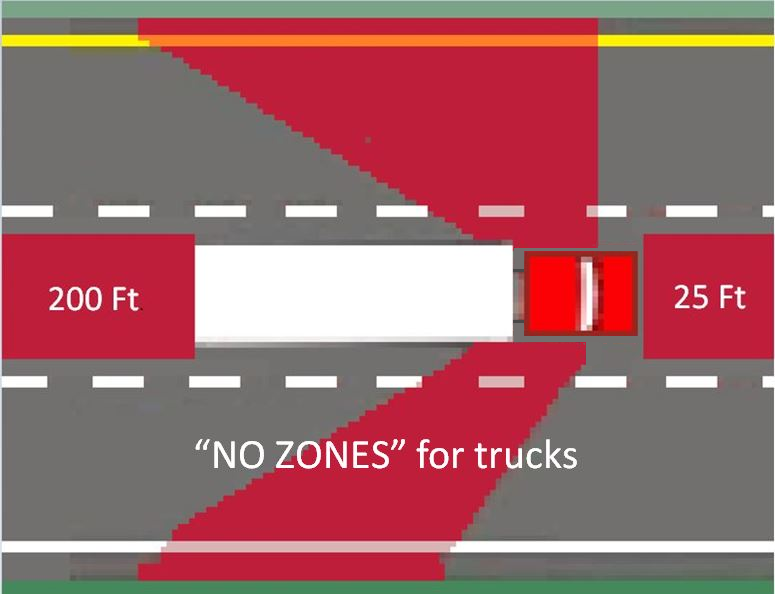
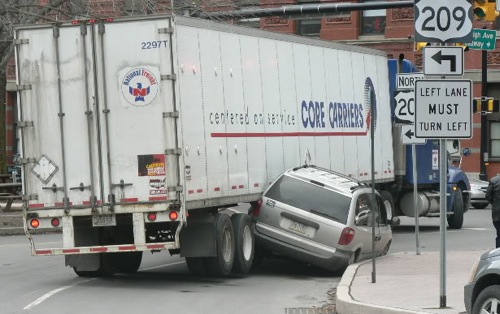
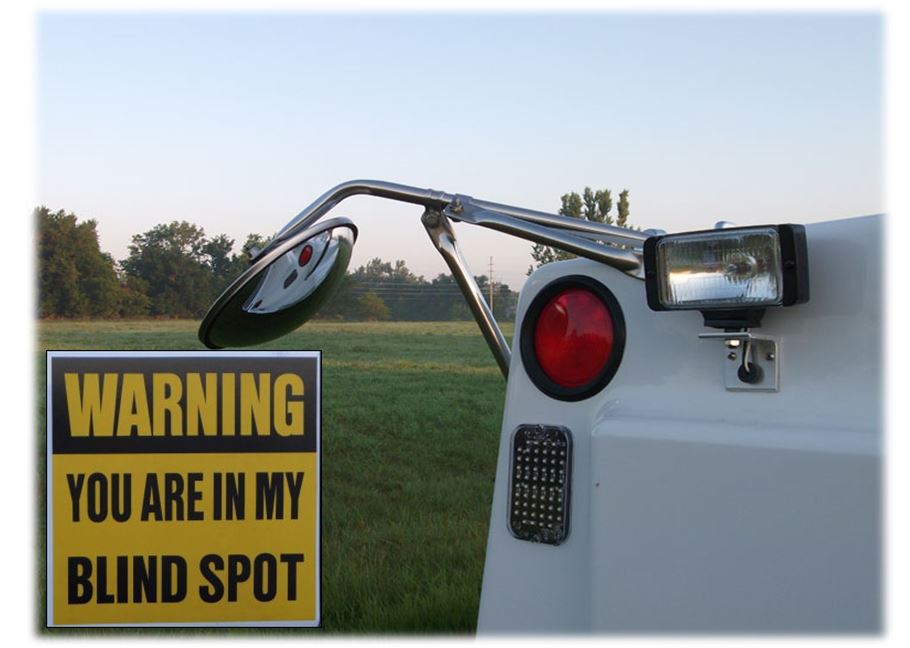

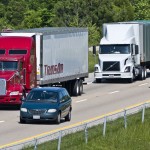
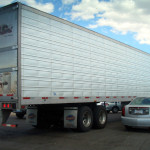
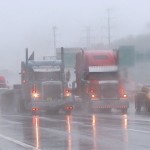

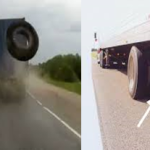
I have bought a brillianttraffic blind spot mirror which sit on the wall on my country lane road, living on a bend I have had some near misses, but thanks to this fantastic blind spot mirror I have not had any problems. I would highly recommend it to anyone.